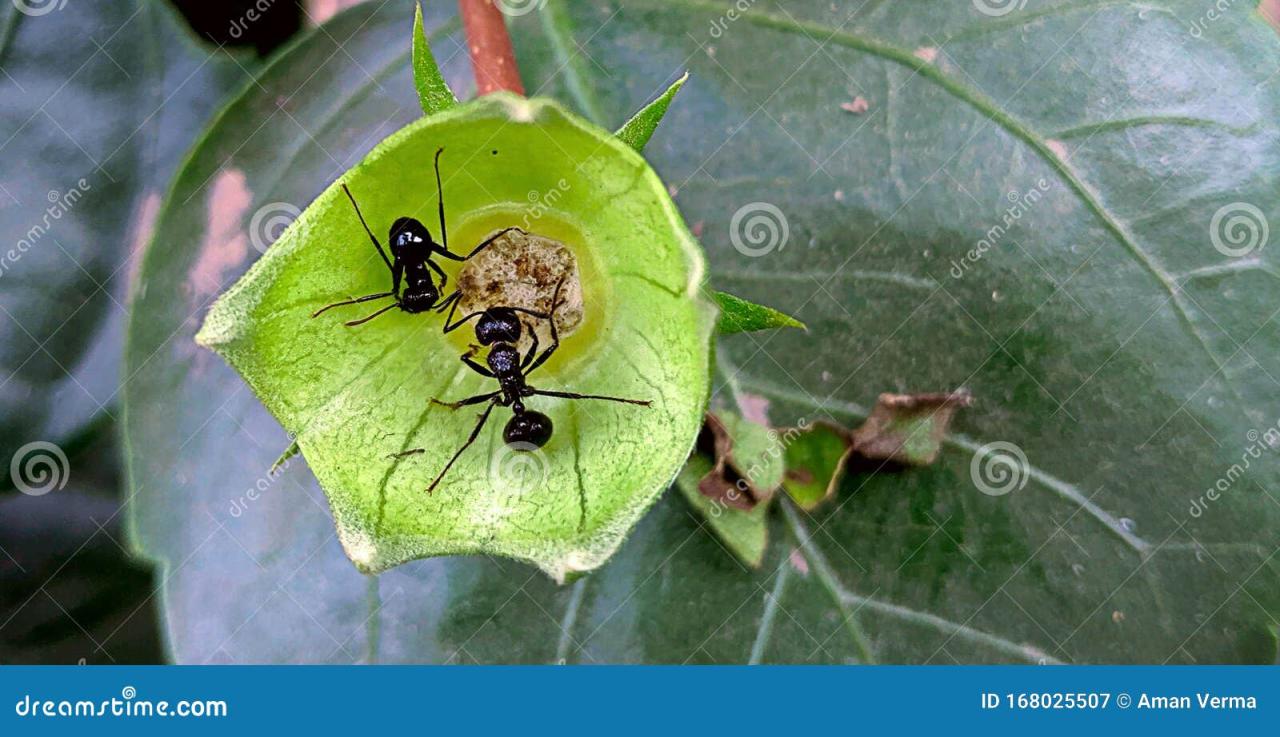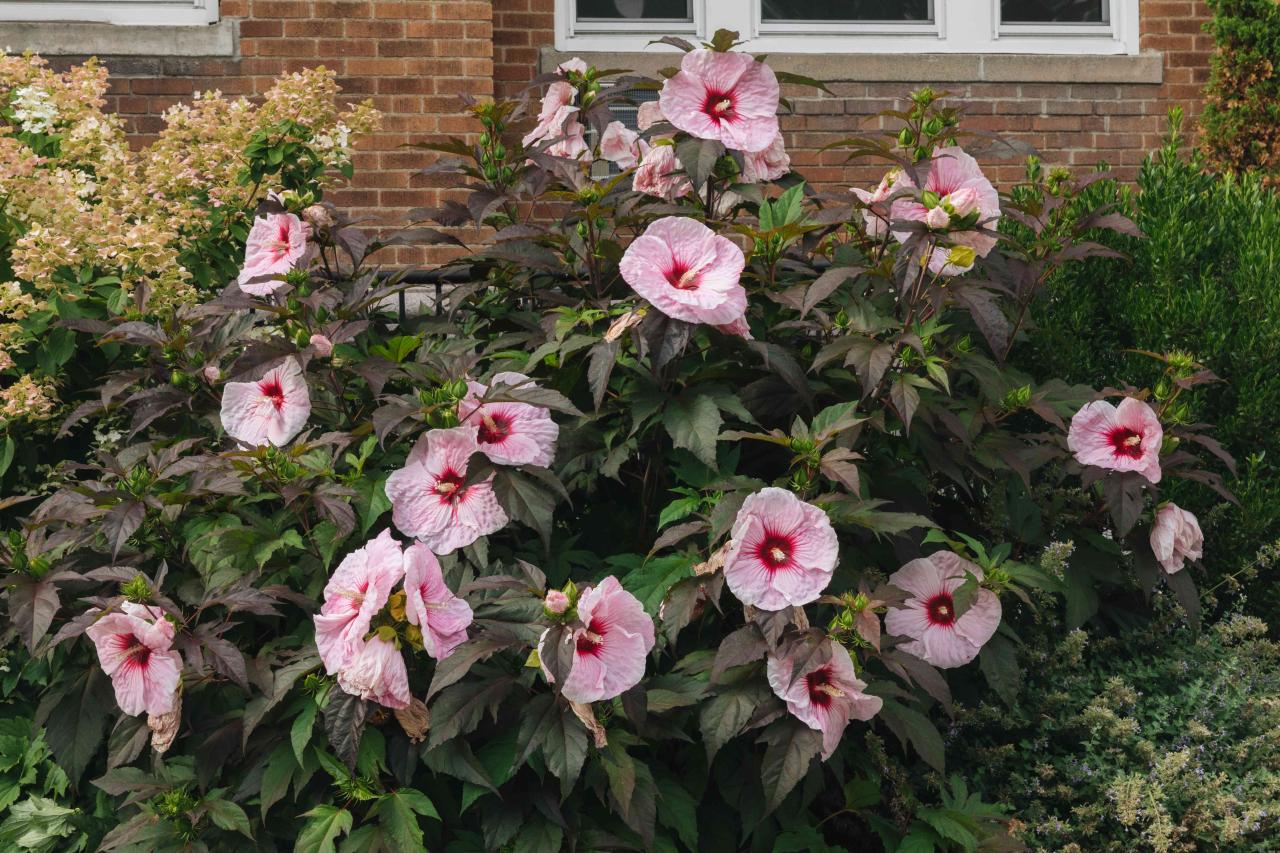Hibiscus plants are celebrated for their vibrant flowers and lush foliage, but they often attract an uninvited guest: ants. While the presence of ants on hibiscus plants can be alarming for gardeners, understanding the relationship between these insects and your plants can help you manage them effectively. In this blog post, we’ll delve into the reasons why ants are attracted to hibiscus plants, the role they play in the ecosystem, and how to keep your hibiscus thriving despite their presence.
The Ant-Hibiscus Connection
Ants are primarily attracted to hibiscus plants due to the secretion of honeydew from certain pests, particularly aphids and mealybugs. These pests feed on the plant’s sap and excrete honeydew, a sugary substance that serves as a food source for ants.
Why Do Ants Love Honeydew? 🍯, Ants On Hibiscus Plants
Honeydew is rich in carbohydrates, making it a valuable resource for ants. They often protect these pests in exchange for this sweet treat. This mutual relationship is known as mutualism, where both parties benefit. Ants will fend off predators and parasites that threaten the aphids, allowing them to thrive on your hibiscus plants.
Identifying the Pests Attracting Ants: Ants On Hibiscus Plants

Before addressing the ant problem, it’s crucial to identify the pests that are attracting them. The two main culprits found on hibiscus plants are:
| Pest | Description | Impact on Hibiscus |
|---|---|---|
| Aphids | Small, soft-bodied insects that cluster on new growth and the undersides of leaves. | Can cause leaf curling and stunted growth. |
| Mealybugs | White, cottony insects that also suck sap from the plant. | May lead to leaf drop and plant stress. |
Both aphids and mealybugs not only attract ants but can also harm your hibiscus plants. Identifying and managing these pests is essential for maintaining the health of your garden.
Effects of Ants on Hibiscus Plants
While ants themselves do not directly damage hibiscus plants, their presence can lead to an unhealthy environment. Here’s how:
- Protection of Pests: As mentioned, ants protect aphids and mealybugs, allowing these pests to thrive and multiply.
- Honeydew Accumulation: The honeydew left on the plant can attract sooty mold, which can inhibit photosynthesis and further weaken your hibiscus.
Tip: Regularly inspect your hibiscus plants for signs of aphids and mealybugs, especially on new growth and flower buds.
Managing Ants and Their Pest Friends
To maintain healthy hibiscus plants, you’ll want to implement strategies to manage both ants and the pests they protect. Here are some effective methods:
Natural Solutions
- Introduce Beneficial Insects: Ladybugs and lacewings are natural predators of aphids. Introducing them to your garden can help control aphid populations.
- Neem Oil: This natural pesticide disrupts the life cycle of pests like aphids and mealybugs while being safe for your plants.
- Insecticidal Soap: A soapy water solution can kill soft-bodied insects on contact. Ensure thorough coverage to be effective.
Physical Barriers
Applying physical barriers can help deter ants and prevent them from accessing your plants:
- Tape and Sticky Barriers: Wrap sticky tape around the base of your hibiscus plants to prevent ants from climbing up.
- Cleaning the Area: Remove debris and organic matter where ants might establish nests close to your plants.
Long-Term Prevention Strategies

To ensure your hibiscus plants remain healthy in the long run, consider adopting the following preventative measures:
- Regular Monitoring: Keep an eye out for pests regularly. Early detection is key to preventing infestations.
- Healthy Plant Practices: Ensure your hibiscus plants are getting adequate water and nutrients, as stressed plants are more prone to pest issues.
- Companion Planting: Certain plants can repel aphids and mealybugs. Consider planting marigolds or garlic near your hibiscus.
Important Note: Avoid using broad-spectrum insecticides that can harm beneficial insects along with the pests. Always opt for targeted solutions.
Conclusion
The presence of ants on hibiscus plants can indicate a larger pest problem, but with proper management strategies, you can protect your plants and foster a healthy garden environment. By identifying the pests attracting ants, using natural solutions, implementing physical barriers, and practicing long-term prevention, you can maintain the beauty and health of your hibiscus plants. Remember, a proactive approach is the best defense against unwanted pests! 🌼
